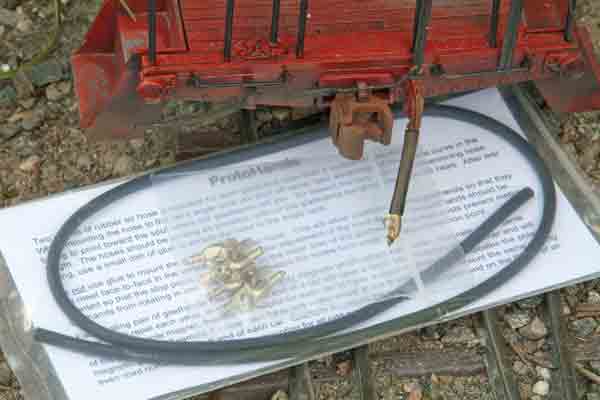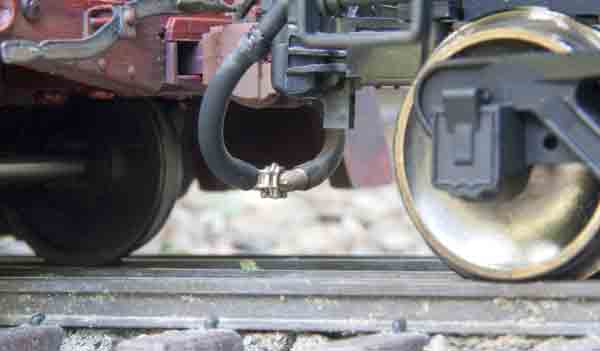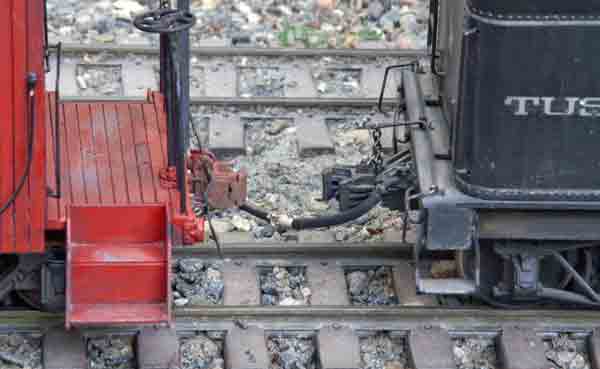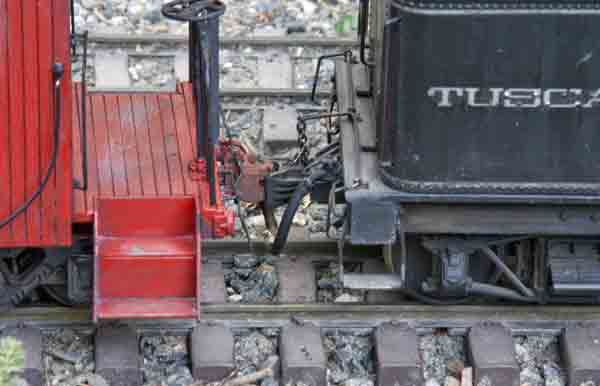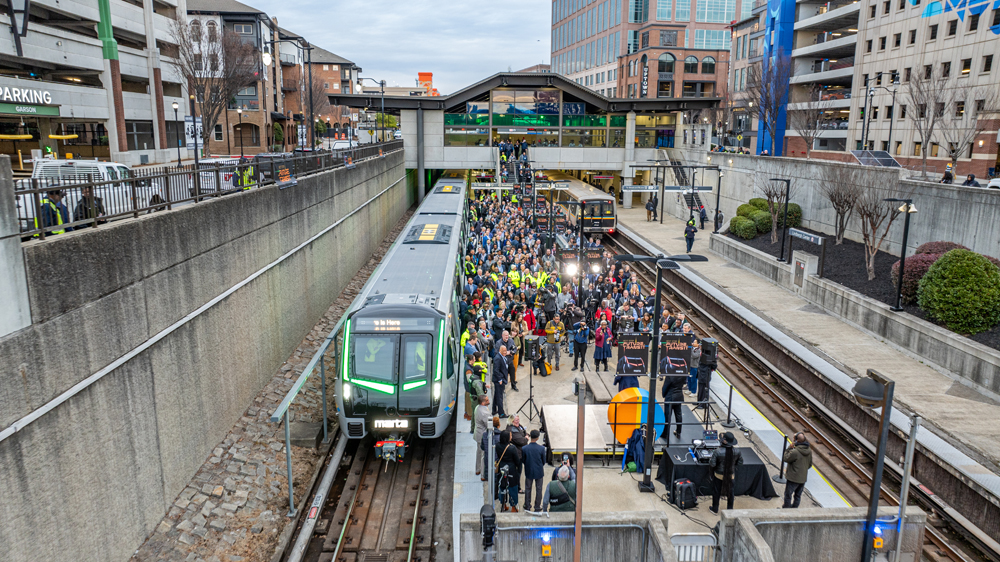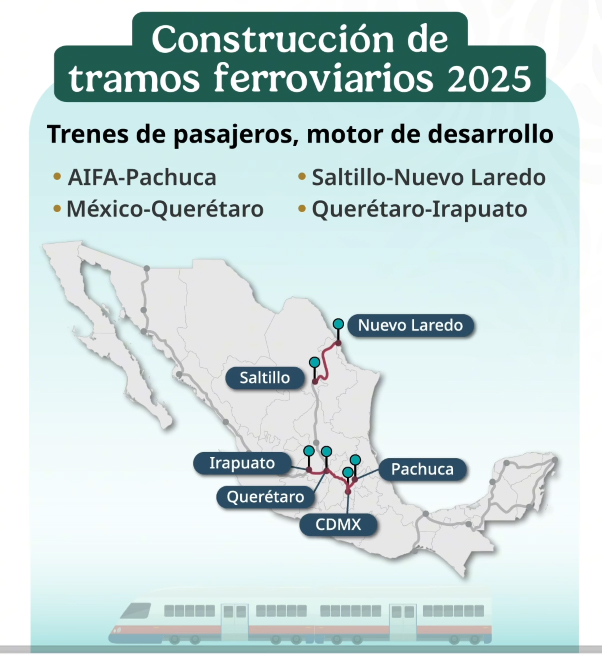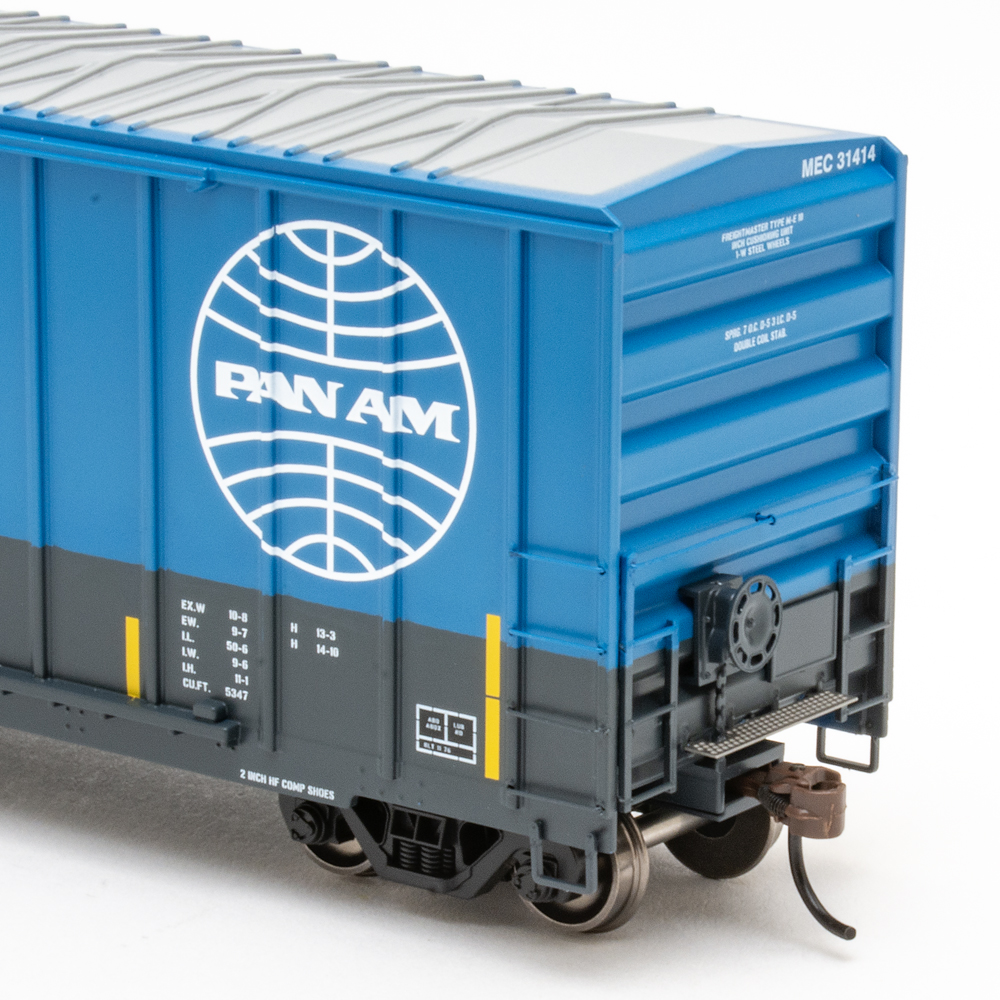Old Iron Designs, LLC
203 Afton Ave.
Trenton NJ 08618
Price: $20/package of 8 (enough for 4 cars)
Website: www.oldirondesigns.com
1:20.3 scale, nickel-silver castings of air brake gladhands; magnetic connections; air hoses included; 1:32-scale version coming soon
Pros: Highly detailed castings; prototypical operation; easy to install
Cons: None
The “gladhand” was born. The name is drawn from the connection’s resemblance to two people shaking hands (glad-handing). The brakeman would connect the hoses by rotating the connectors and locking them in place, but the connection could be broken by the mere action of the train separating. The cars would pull apart, straightening the connection, which would release automatically. This system is largely unchanged 120 years later.
In the model world, we often replicate brake hoses hanging from the ends of our engines and rolling stock. While they look the part, there’s been no way of actually connecting the hoses from one car to another so, when the train is running, the hoses dangle, unconnected, between the cars.
For those who want the ultimate in railroading realism, “working” gladhands are here. Now, when you’re out switching cars on your railroad, you can also connect the air hoses like a real brakeman.
What drew my attention to these in the first place was just the detail of the gladhand casting itself. It’s cast in nickel silver, is finely detailed, and is the proper size for 1:20.3. (Old Iron Designs is also coming out with a 1:32-scale version, so standard-gauge modelers can enjoy the realism as well.) I run a mix of Bachmann, Accucraft, and scratchbuilt rolling stock on my railroad and, while much of my equipment pre-dates the air-brake era on the East Broad Top, the “modern” pieces I have all had different-looking air hoses, and some were pretty clunky. If nothing else, Old Iron’s products allow a consistent look to the hose connectors on the models—something that’s been lacking.
Each set consists of four pairs of working gladhands and a length of rubber tubing sufficient for hoses on all four pairs. The hose is flexible and prototypically flat black in color, so you needn’t worry about having to paint it. The nickel-silver color of the castings also looks prototypical, if a little bit bright, but they can be toned down with weathering, time, or chemical blackeners.
Installation is simple. On commercial cars with existing hoses, you remove the factory hoses, cut the new hose to the proper length (about 1 1⁄4″ or so; long enough to reach under the coupler, but short enough to not drag on the rails when unconnected), and replace the stock hose with the new one. Then push the gladhand connector onto the other end of the hose. A little spot of CA cement will help to hold the hose onto the car, though the gladhand casting itself is a tight press-fit in the rubber tube. On Bachmann’s 1:20.3 cars, you have to do some simple surgery—drilling and fitting a 1⁄16″ brass pin into the stock casting—to get the new hoses to fit. This is illustrated on Old Iron’s website. On scratchbuilt models (or others not equipped with brake-hose detail), you must buy or build a hose-connector casting to attach to the car, then attach the hose and gladhand to that.
When fitting the connectors onto the cars, it’s important to note that these gladhands are held together by magnets, which either attract or repel depending on polarity. One gladhand is “north” and the other is “south.” They come connected as pairs in the package but you’ve got to keep track of which connects to which when installing them on the car. The manufacturer suggests using the brake wheel on the car (since there’s typically only one on freight cars) as always being “north,” or perhaps “north” on even-numbered cars and “south” on odd numbered cars. There’s no way to tell which is which just by looking, so do one car or locomotive, and use that as your standard. All the locomotives should be the same (so you can doublehead them) and, if you’ve got marker lights or flags on your cabooses, you’ll want them all the same as well, so the lamps/flags are always at the rear. On diesels, which often have multiple air hoses on the ends, you could put both a “north” and “south” on each end, so you can connect, no matter which way the car to which you’re coupling is oriented.
I had wondered, when I first saw this product, who would actually take the time to connect these hoses. Having done it, though, I have to admit that it looks darn cool to see a train running by with the hoses connected—especially on elevated railroads, where you’re closer to eye level with the trains.
And I also must admit to “geeking out,” doing switching operations and connecting the hoses as part of coupling things together. It’s really cool to watch the hoses stretch and separate when uncoupling! (For the full “geek” experience, press the “uncouple” button on your sound system to get the sound of the air escaping from the hoses as they separate.) I admit it—I have fallen into full “geekhood” with these gladhands, though my wife may tell you I’ve been there all along.





